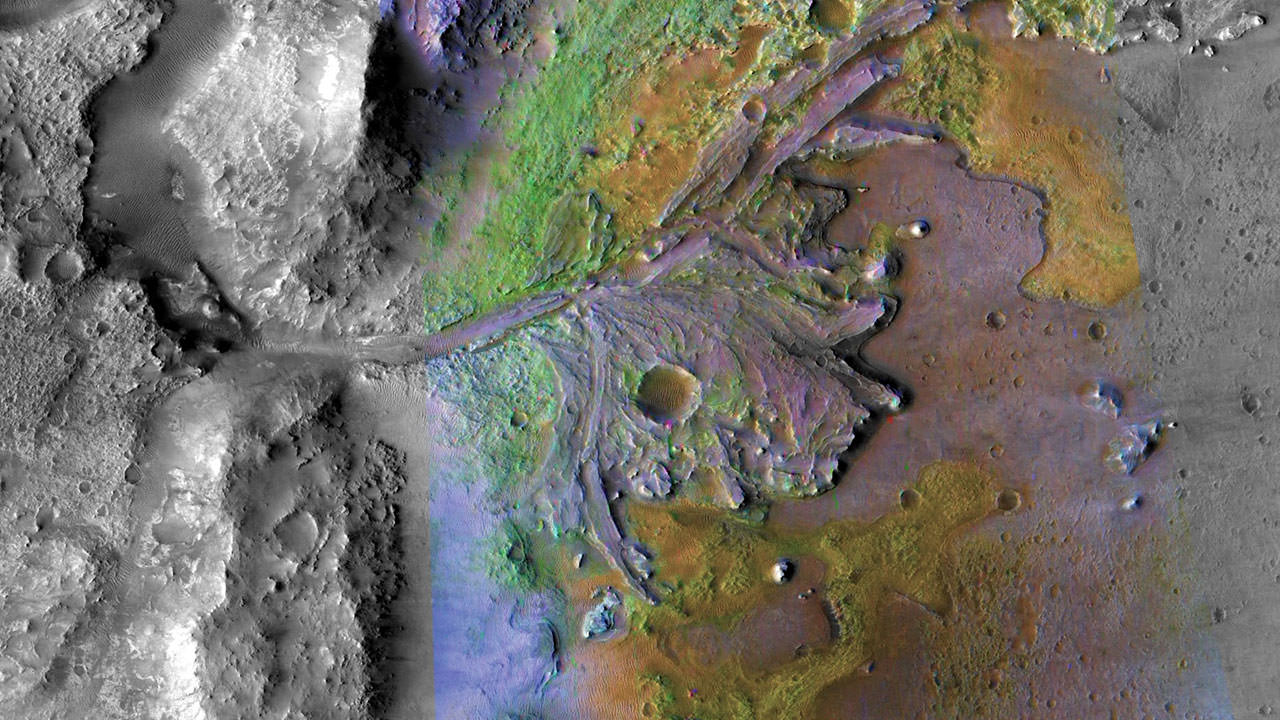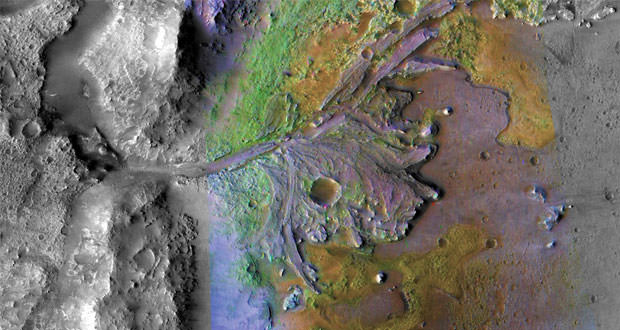Mission Mars 2020, NASA has decided: This is where the next rover will land
NASA has identified a difficult but very interesting point in terms of research on which to land the Mars 2020 mission rover.
NASA announced in the last days the point on Mars in which the next rover will be addressed. The agency has specifically chosen Jezero, among dozens of potential candidates, because it may have preserved signs of microbial life from past periods.
” The landing site in the Jezero Crater offers geologically rich terrain, in some cases reaching 3.6 million years ago. The crater could answer important questions regarding planetary evolution and astrobiology “, declared one of the NASA executives, Thomas Zurbuchen. ” Collecting samples from this specific area of Mars will revolutionize the way we imagine the planet and its ability to welcome life “.
The Mars 2020 mission will not only have the goal of identifying, if any, any conditions of habitability, but the rover sent to the Red Planet will have to collect rocks and earth that in the future will somehow be analyzed by expert technicians. Both NASA and ESA are trying to figure out if it is indeed possible to organize recovery missions, so as to bring the samples collected from the rover to Earth to perform in-depth analysis.

The geological diversity offered by the Jezero Crater makes this site one of the most interesting on Mars, but the landing environment is not the most welcoming. Precisely for this reason, despite its importance, the region has been cut off as a possible landing site in previous missions, but by 2020 NASA hopes to have the technologies ready to succeed in the enterprise with a good chance of success:
” The community of experts at work on Mars has long desired to find out more about the scientific value of sites like the Jezero Crater, and has previously thought of organizing a mission in the area, ” said Ken Farley of NASA’s Jet Propulsion Laboratory. ” The challenges of ensuring a safe landing were considered prohibitive, but what once seemed impossible now is no longer thanks to the mission engineering team and the evolution in the technologies needed for entry, descent and landing on Mars“.
NASA has chosen the site, but the proposal has yet to be evaluated in technical terms to ensure an organization with minimal margins of error. A final report on the plan will be presented to the agency next year, with a launch scheduled for July 2020.

